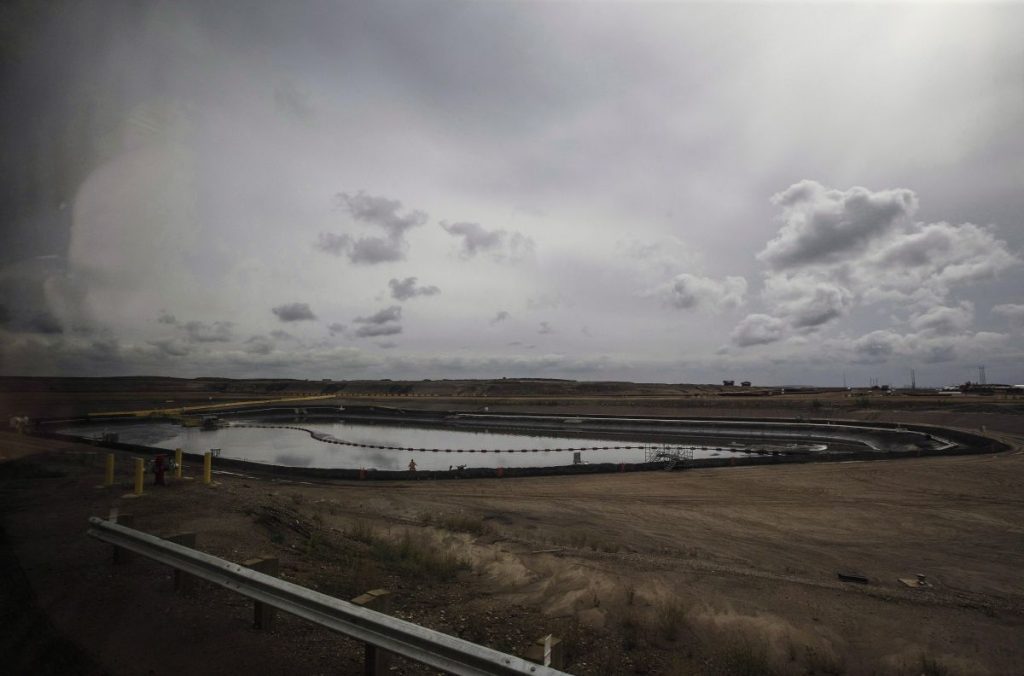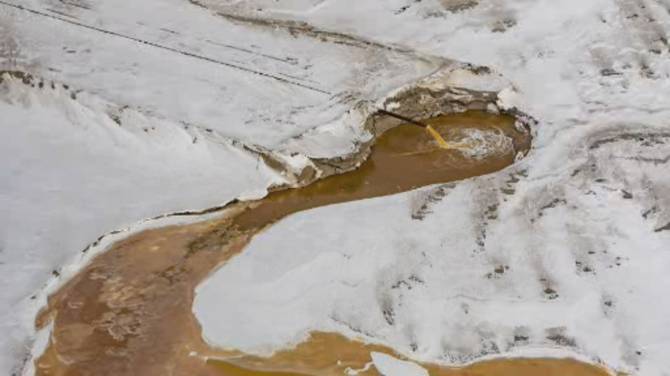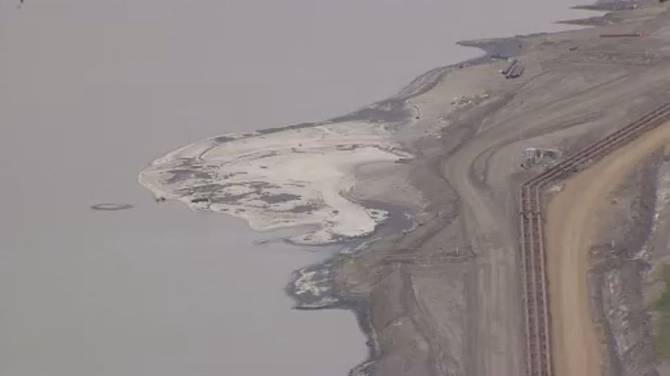Two Alberta First Nations have requested the federal government to check whether a part of tailings pond water, which is known to harm fish and other animals, should be considered toxic. oilsands tailings pond water known to harm fish and other animals should be classed as toxic.
This move could lead to a much-needed study on the impact on human health from oilsands development, lead to new industry regulations, and affect the ability to release treated wastewater.
“There are significant gaps in the scientific knowledge about the impact on human health,” said Bronwyn Roe, lawyer for the Athabasca Chipewyan First Nation, which uses lands adjacent to oilsands development. “If the ministers conduct this assessment, they could establish new regulations.”
The request of the First Nation is also backed by the Mikisew Cree.
“Under federal legislation … fish have more rights than humans,” it wrote in a March 11 letter to federal Environment Minister Steven Guilbeault. “The government of Canada cannot wait for more research to make this assessment.”
Both nations are worried about naphthenic acids, which are found in tailings and other oilsands wastewater. Scientific research has shown that these complex hydrocarbons are harmful to fish, affect hormone function in humans and other mammals, and may be carcinogenic.
Oilsands producers must report releases of these chemicals. However, the permissible limits for their presence in surface or groundwater are only guidelines, not regulations.
In January, Environment and Climate Change Canada and Health Canada published a report stating that naphthenic acids should not be classified as toxic. However, that report only examined commercially produced versions, not those found in tailings.
“(Oilsands) naphthenic acids differ in source, composition, properties and use compared to commercial naphthenic acids,” the report says.
The First Nations are using recent changes to the Canadian Environmental Protection Act to request Guilbeault review that January finding. A review would include research into the health effects of oilsands naphthenic acids both on their own and in conjunction with other chemicals — a long-standing goal of both the Athabasca Chipewyan and Mikisew.
“A huge piece is that human health study,” said Roe. “They’ve been asking for that for years.
“They want better studies of the human health impacts of oilsands operations, including releases from tailings ponds.”
Declaring naphthenic acids as a toxin would also impact regulations governing the substances, Roe said.
“Once the impact on human health is better understood, I think the government will be compelled to take action to mitigate the human health effects and the environmental effects.”
Roe points out that the finding could affect plans to release treated tailings pond water into the Athabasca River. Industry and the federal government are currently developing rules that would govern how water from those ponds can be treated and released into the river.
Those regulations are expected in 2025. Roe said classifying naphthenic acids as toxic could affect those plans.
“It would have an effect on tailings pond management,” she said.
Kendall Dilling, who leads the oilsands industry group Pathways Alliance, stated that more research on naphthenic acids is currently being done.
“We acknowledge the leaders’ wish to gather information for the well-being of their community,” he wrote in an email. “We will continue to work with the government if additional research is pursued in response to this request.”
A spokesperson for Environment and Climate Change Canada said that Guilbeault and Health Minister Mark Holland are reviewing the request. The department is carrying out additional studies on naphthenic acids.
Oilsands tailings ponds are currently holding around 1.4 trillion liters of water, or 1.4 cubic kilometers. There is some evidence indicating that the water has already been released into the environment.
A 2017 report from the environmental watchdog of the North American free trade deal discovered “scientifically valid” proof that tailings have leaked from the ponds, though not from the oilsands leases. Recent groundwater reports from industry support this finding.
This seepage may now be occurring off the designated area.
According to Alberta’s Oilsands Monitoring Program, a standard indicator for oilsands residue at a sampling station in the Muskeg River started increasing significantly in March 2022 and was 18 times higher than the 2021 average within a year.
Guilbeault and Holland have until June 7 to reply to the First Nations’ requests.





